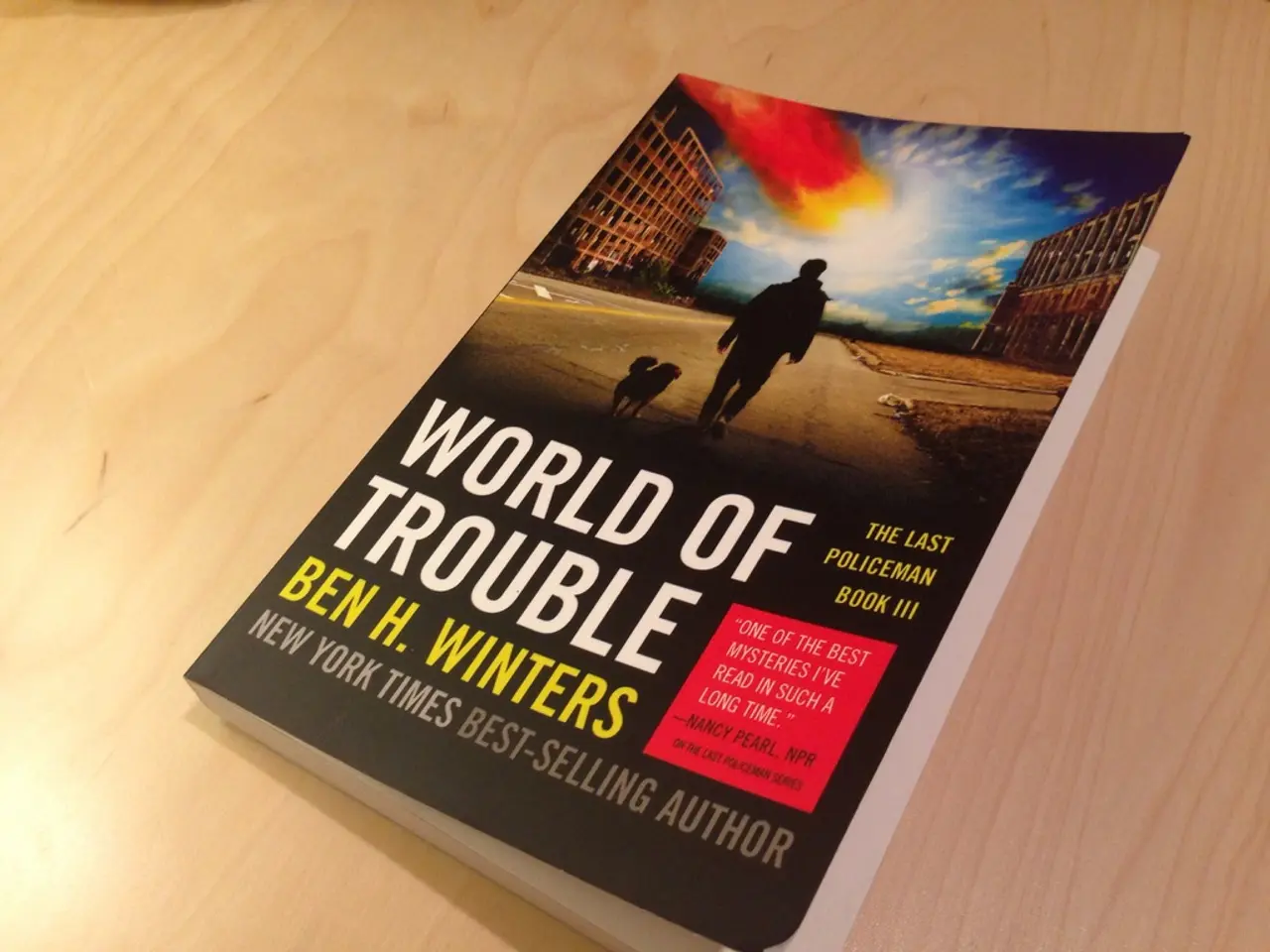Explore the Unfulfilled Desires of Your Characters to Enhance Your Narrative
Unmet Needs and Emotional Wounds: The Keys to Character Development
In the world of storytelling, characters are often driven by deep-seated desires and emotional pain, stemming from unmet needs. This concept is rooted in Abraham Maslow's Hierarchy of Human Needs, a theory that provides a framework for understanding the connection between motivation and unmet needs.
According to Maslow, needs are hierarchically arranged, starting from basic physiological needs, moving through safety, love/belonging, esteem, and culminating in self-actualization. When these needs are not met to the extent that they disrupt a character's life, they evolve into emotional wounds or voids within the character. These wounds serve as powerful motivators and sources of conflict, driving the character's actions and growth.
For instance, a character like Tonya, yearns for a healthy relationship with her daughter. This unmet need forces her to let go and support her daughter's independence, a step towards healing the emotional wound. On the other hand, Rodney, a climber, is haunted by a near-fatal accident, fearing death. This fear keeps him from living life to the fullest until he decides to take up his passion once more, aiming to conquer Everest, a goal that represents his need for self-actualization.
The hierarchical nature of needs means that if more primal needs remain unmet, a character may not be able to focus on higher-level growth such as creativity or self-actualization until those wounds are addressed. For example, Mary's need to share her life with someone pushes her to open herself to love again, but her fear of being hurt after a betrayal keeps her from seeking love.
Unhappy marriages can lead to divorce when the pain becomes unbearable, or a character may set aside a goal of self-actualization if a loved one requires care. Conversely, the temptation for a character is to stay in a dysfunctional comfort zone, settling for less while ignoring an unmet need.
The fallout of emotionally wounding events such as a car accident, failing to save someone's life, infertility, or being sent away as a child can derail a character's life for years or even decades. The book "The Emotional Wound Thesaurus" provides examples of emotional wounding events that can help writers create emotionally rich, realistic characters whose internal struggles are grounded in universal human motivations.
In conclusion, understanding the connection between unmet needs and emotional wounds is crucial in character development. These emotional wounds serve as powerful motivators and sources of conflict, driving the character’s actions and growth. The character seeks to heal these wounds by satisfying unmet needs, progressing up Maslow’s hierarchy towards self-actualization. This framework offers writers a tool to create compelling, emotionally resonant characters whose journeys reflect the human struggle for fulfillment and growth.
[1] Maslow, A. H. (1943). A theory of human motivation. Psychological Review, 50(4), 370-396. [2] Maslow, A. H. (1954). Motivation and personality. Harper & Brothers. [3] Maslow, A. H. (1970). The farther reaches of human nature. Viking Press. [4] Stone, B. (2015). The Emotional Wound Thesaurus: A Writer's Guide to Psychological Trauma. Writers Digest Books.
- A writing coach can help writers delve deeper into character development by understanding Abraham Maslow's theory, which highlights the connection between unmet needs, emotional wounds, and motivation in characters.
- Storytelling can be elevated by infusing characters with emotional depth, as characters' struggles with unmet needs, such as the desire for personal growth or healthy relationships, resonate with readers' own lives.
- The fashion-and-beauty industry, education-and-self-development, and personal-growth communities can all benefit from the inclusion of thoughtful, emotionally rich characters with complex needs and emotional wounds in their stories.
- Writers can draw inspiration from events like car accidents, failed rescues, infertility issues, or childhood abandonment to create characters whose emotional struggles are grounded in realistic, universal human experiences.
- To grow and heal, a character might choose to take up writing as a means of processing their emotional wounds, focusing on their writing lifestyle as a path to self-actualization and personal growth.




